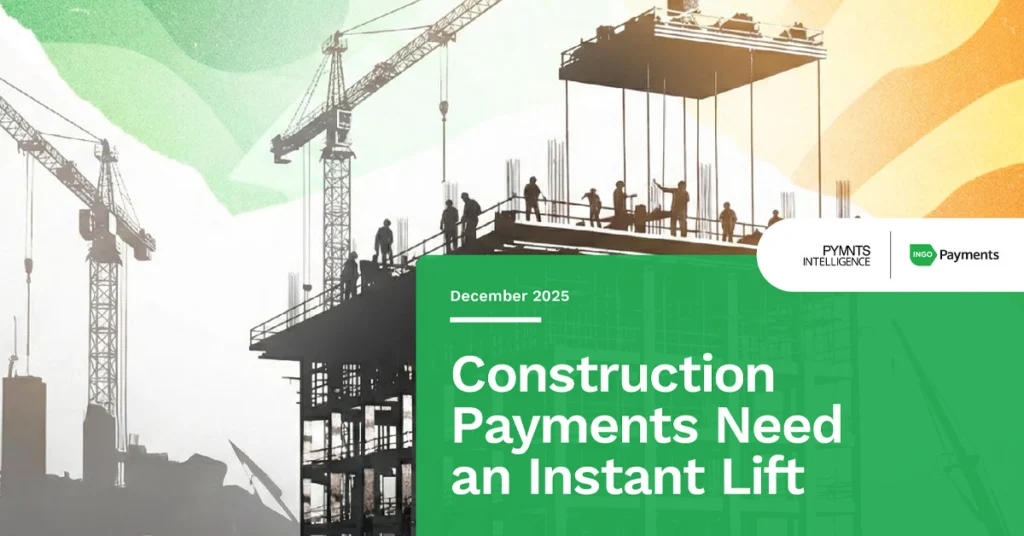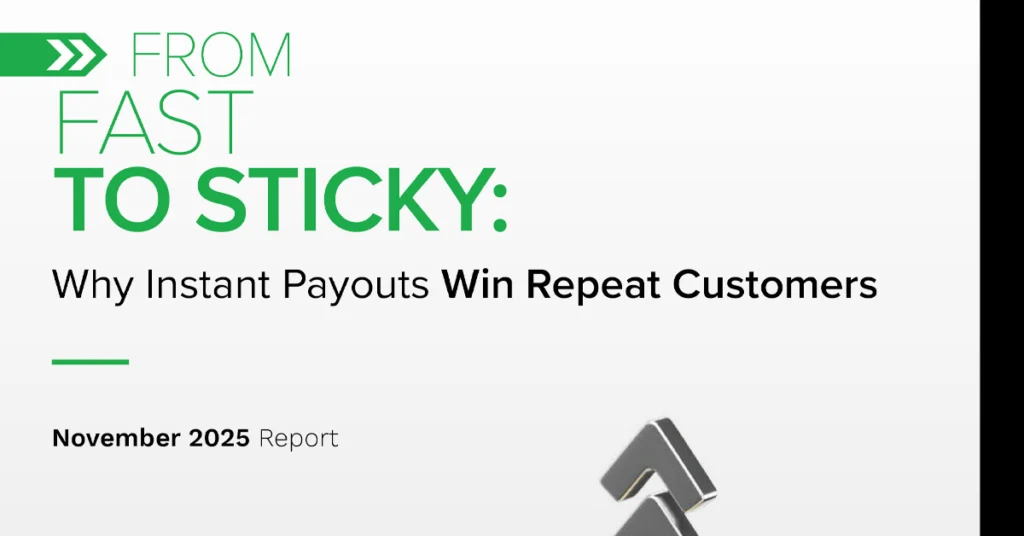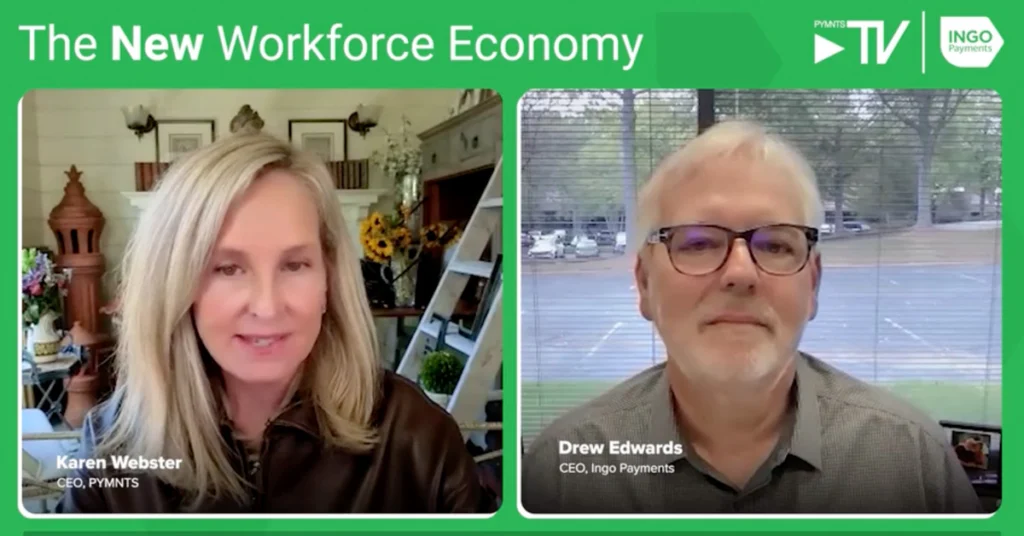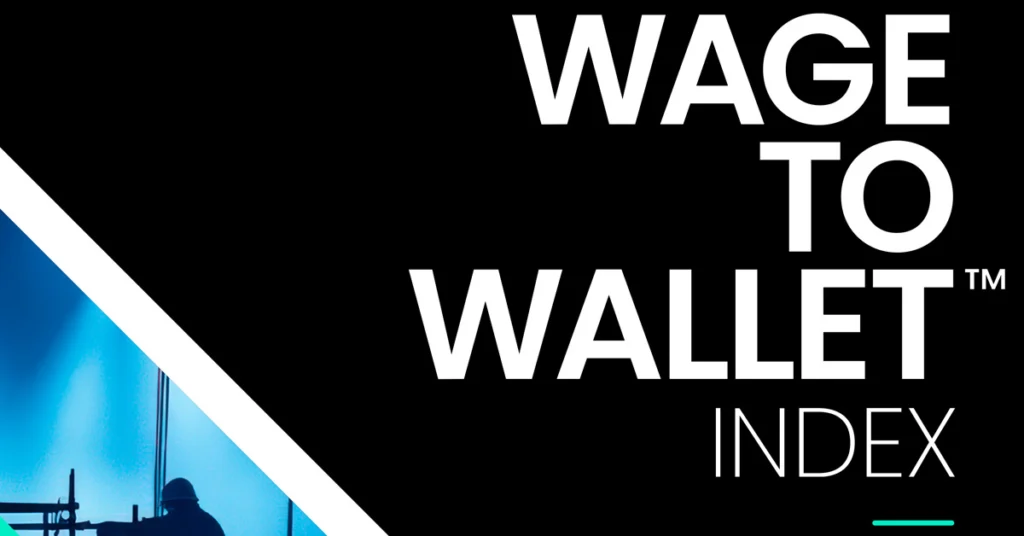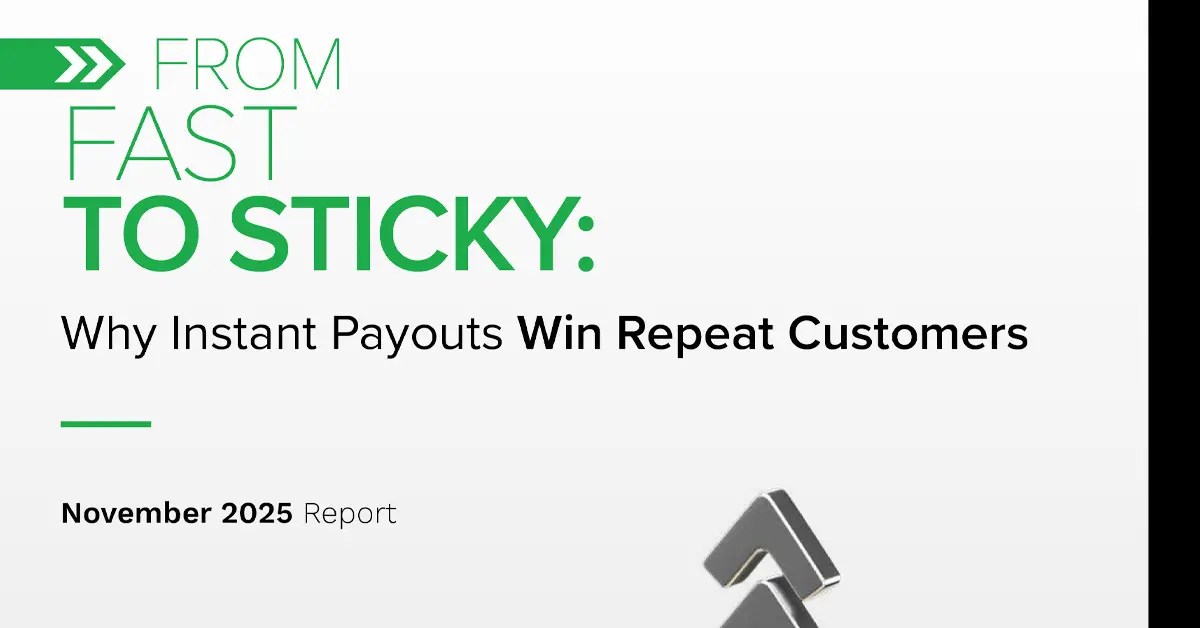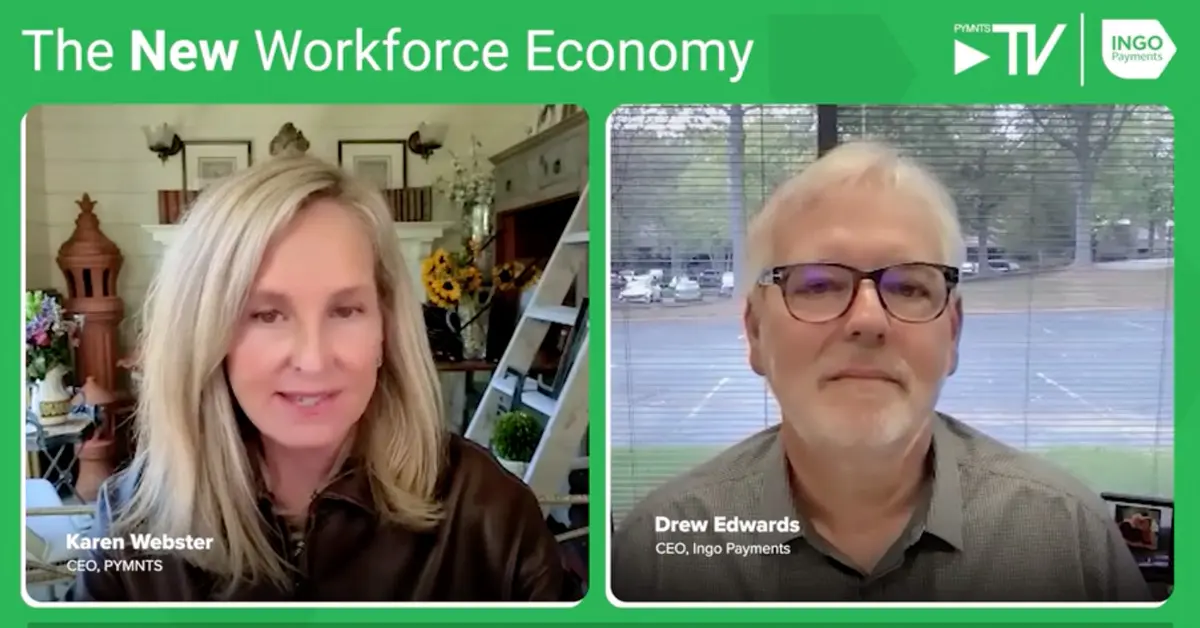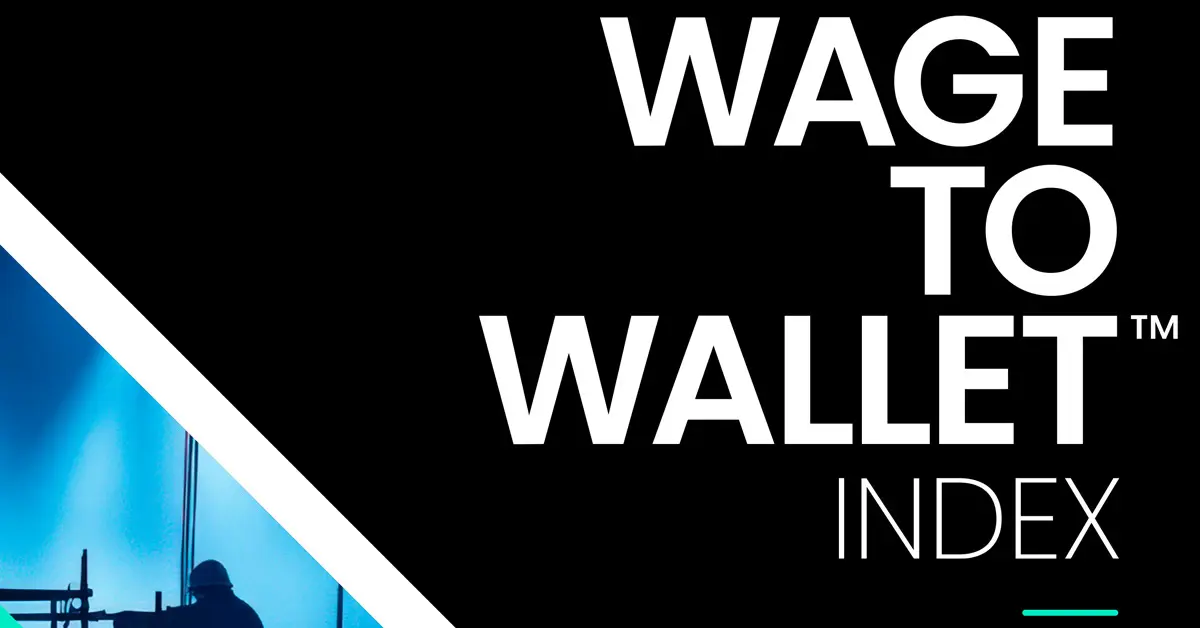Instant payments are becoming a must-have for enterprise companies, who can allocate resources to the innovation and implementation of this technology. This leaves independent businesses, who need instant access to money the most, vulnerable to falling behind.
The good news is that there are many choices today that enable FinTech lenders and factoring companies to disburse funds instantly But implementing these instant payment solutions is no small feat.
In this webinar, a panel of experts, including Ingo Payments CRO Lydia Inboden, discuss how a real-time payments program can help boost bottom lines by providing end users with more immediate control of their cash flow.
Our experts walk through the impact a real-time disbursement program can have and why payment choice matters when it comes to selecting a real-time payments program.
Key topics include:
- How a real-time payments program actually works
- The biggest challenges to implementing a payments solution
- The vital importance of risk management and compliance
- Why partnering with a provider for instant disbursements can create a market advantage
- What the future holds for instant disbursements
